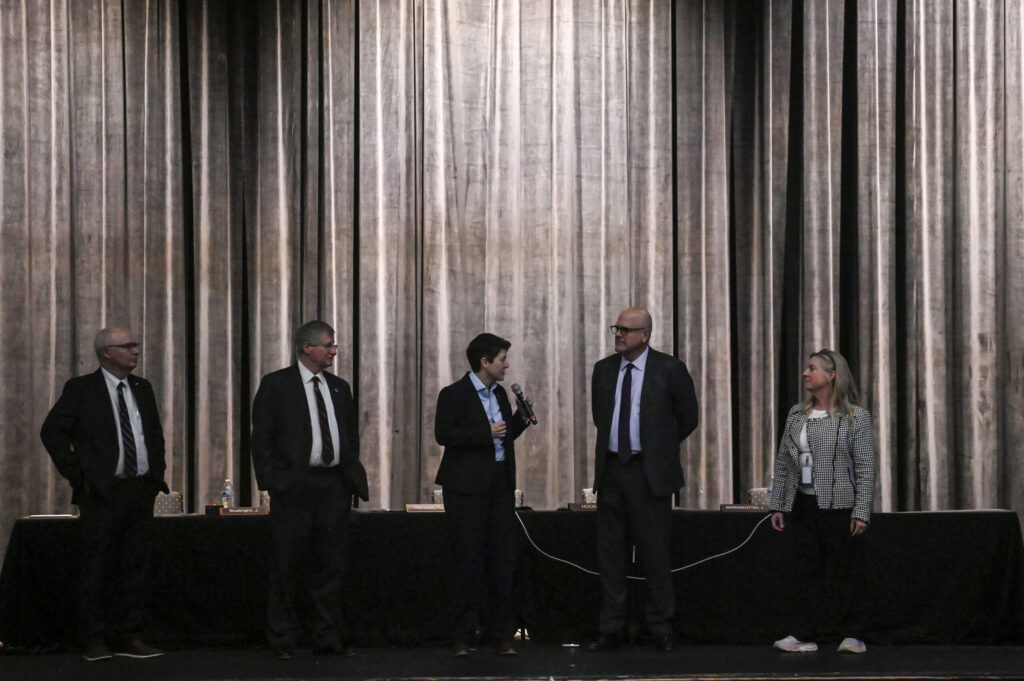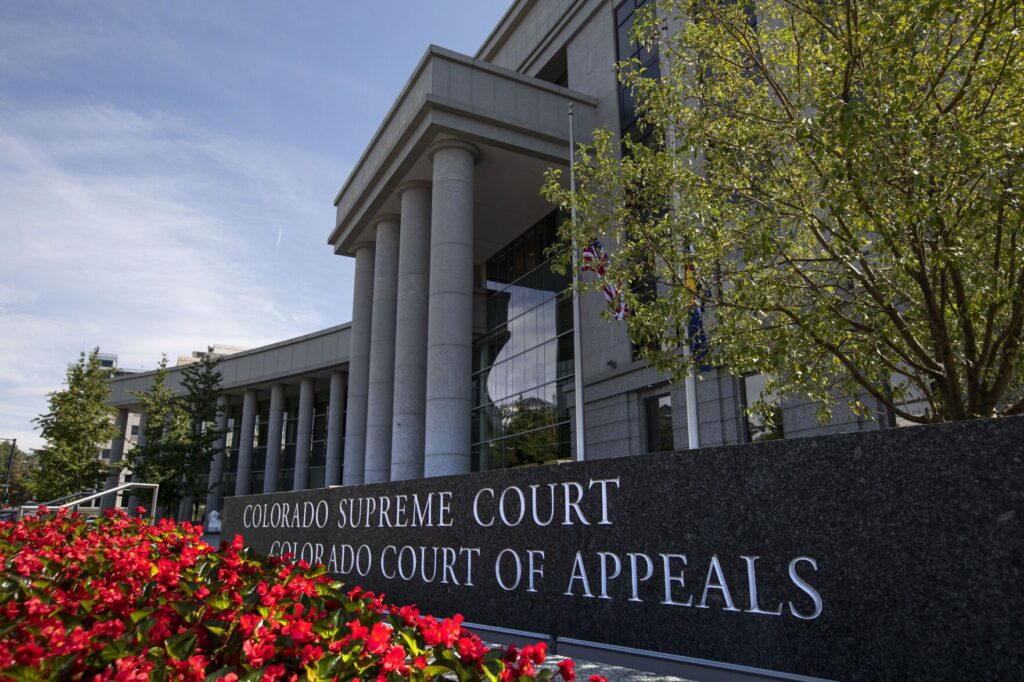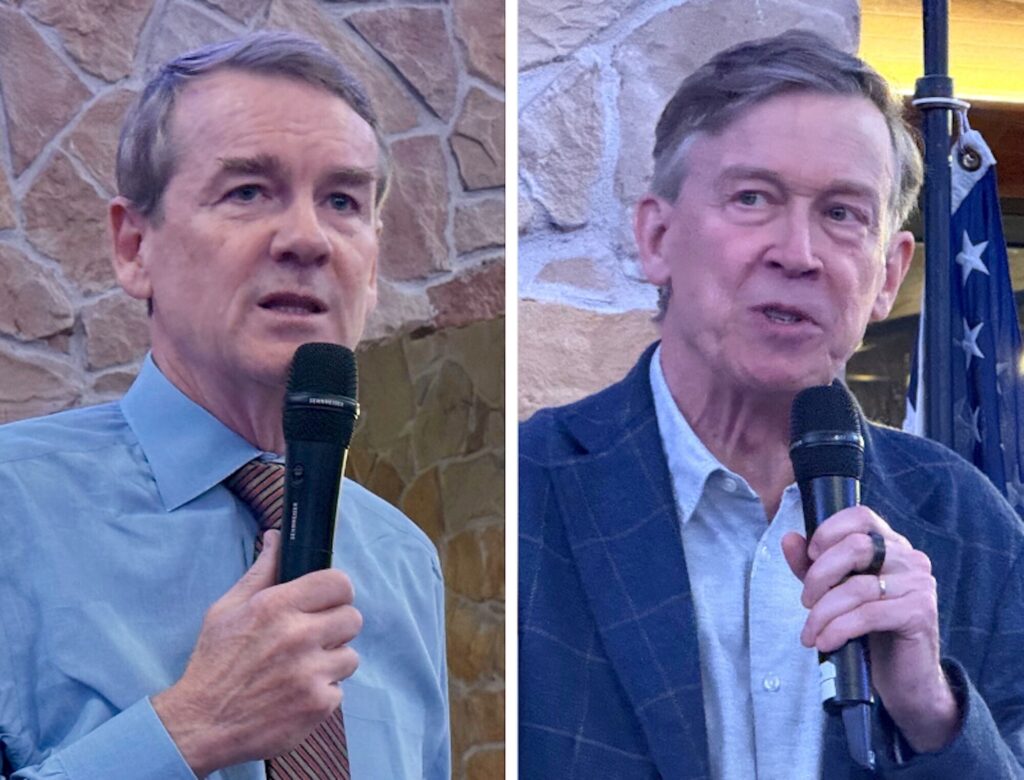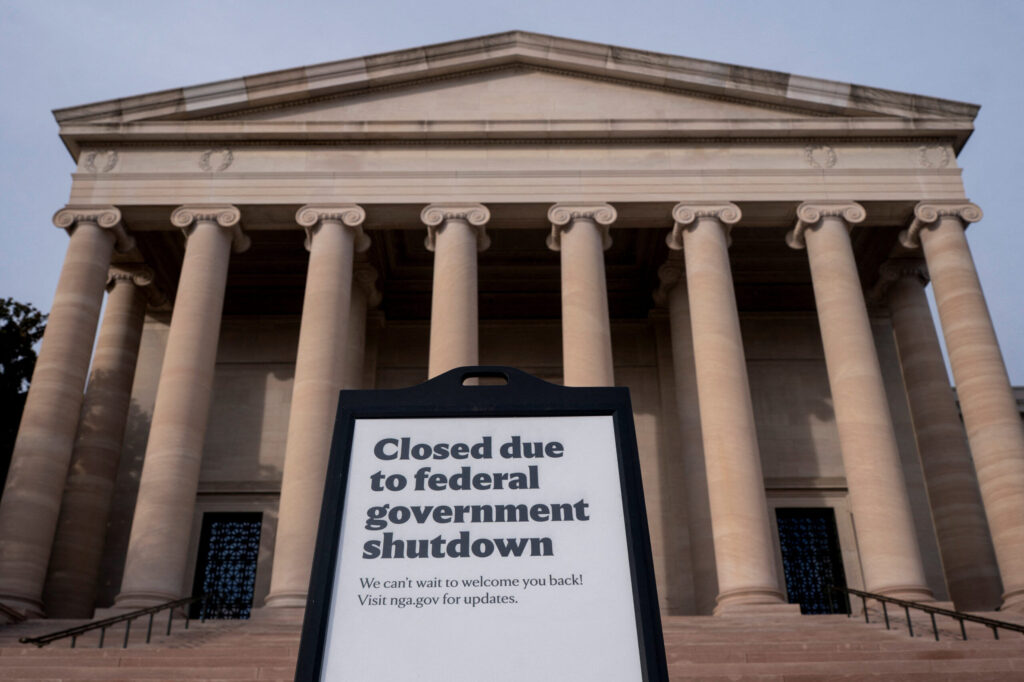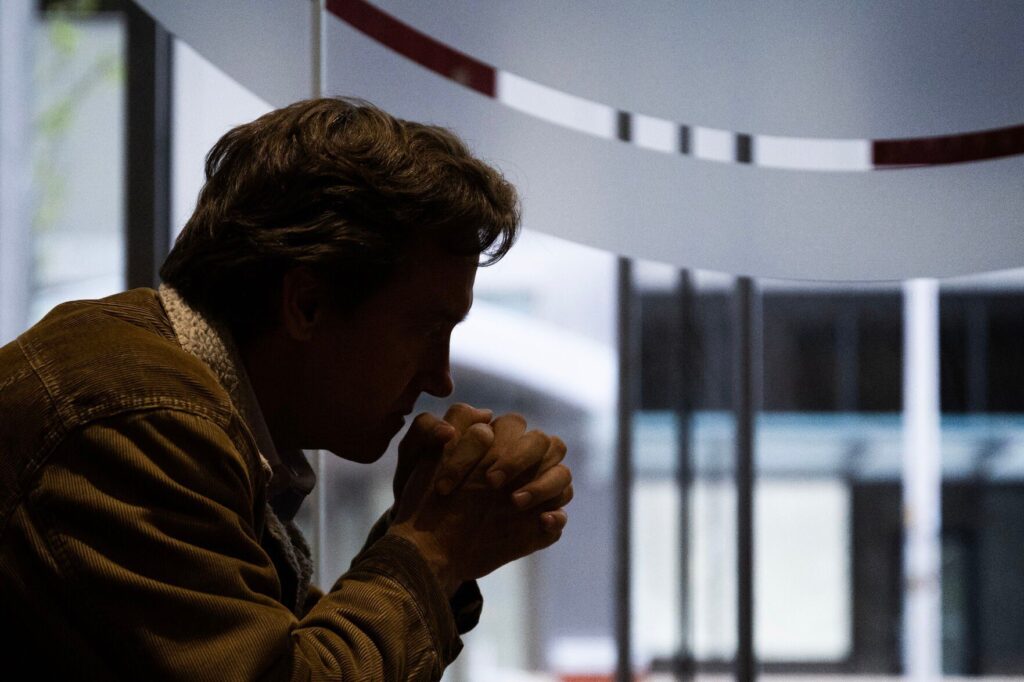Navajo Nation grapples with challenges in educating the dangers of radon gas
Perhaps the biggest danger of uranium is radon gas.
Radon is the second-largest risk factor for lung cancer after cigarettes nationwide, and the Navajo tribal government has programs to educate people about the dangers.
But, getting those programs to residents is a challenge, particularly because many Navajo still have difficulty reading and speaking English, Stephen Etsitty, executive director of the Navajo Nation Environmental Protection Agency, said.
The risk is higher for people who are exposed to high levels of radon for prolonged periods, especially in enclosed spaces, such as homes and workplaces, because radon gas is heavier than air and can pool in low places like basements.
In the case of the Navajo Nation, some radon exposures were extreme and persisted for years and decades because the radioactive materials were in the dust, soil and even the rocks used as foundations for tribal member’s homes.
“We do have programs to help anybody who’s going to be building, whether it’s individual residents up to large commercial and institutional facilities, to make sure that they do the investigation and analysis of the potential threats of radon,” Etsitty said. “And we have a program that does a lot of outreach to help people learn how to do their regular testing.”
But, said Etsitty, it’s something the tribe must pay for and there isn’t always enough money available to test every building.
“We’re very concerned and want to get that type of information into people’s hands. But once we give it out, then it’s up to the individuals and the organizations to do their part — to do the regular testing,” Etsitty added.


